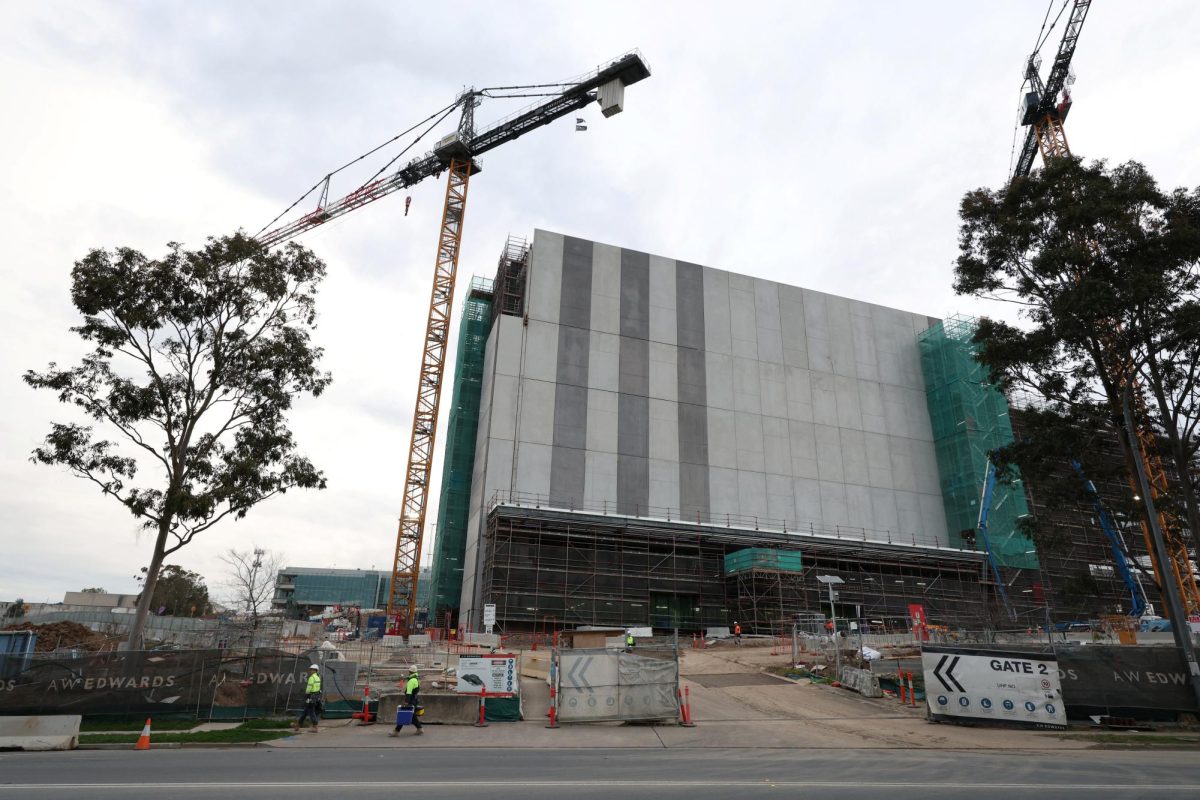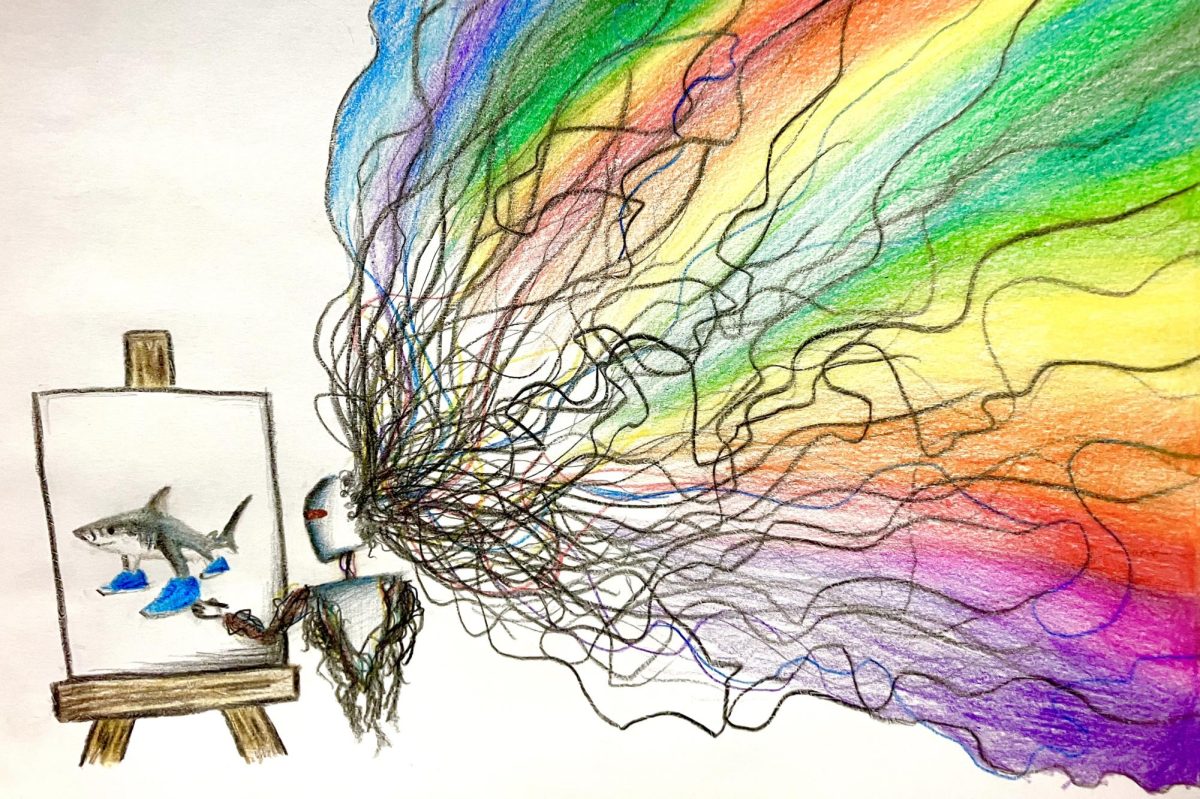As artificial intelligence (AI) improves and spreads into the classroom, AI’s growth carries environmental trade-offs, Burroughs students say, and schools have a role in cutting them.
Some students see AI as an opportunity for growth and learning.
“I think AI could impact our lives in a positive way if we learn how to use it as a tool for learning, not cheating,” said senior Jasmine Casas-Flores. “I think our community should do more to help educate people on how to use it for good.”
Others, however, are concerned that the costs to the environment are not a fair trade-off.
“The rapid growth of AI affects our environment because training AI models requires an enormous amount of electricity, which usually comes from fossil fuels that release greenhouse gases like carbon dioxide,” said Environmental Club’s president, senior Iriza Katsuya. “This increases the amount of air pollution, which is detrimental to the environment. Cooling servers also require large amounts of water, with some AI infrastructure requiring more water than some countries do.”
According to Katsuya, schools should help balance the positive and negative results of the use of AI.
“Schools can integrate AI sustainability and ethics into curricula and encourage students to learn about the cycle of technology to learn its side effects,” she said.
Katsuya argues that, as AI is the future for technology, schools like Burroughs should educate students on how to recycle and care for the environment before it is too late.
Computer Science Teacher Jillian Kuczora said the physical footprint of artificial intelligence is easy to overlook, but hard for communities near data centers to ignore.
“AI requires large data centers,” Kuczora said. “These data centers take up a lot of space as well as resources such as power and water, as they generate large amounts of heat, noise, and light.”
Kuczora added that companies often develop these massive structures in rural areas where space is available, but “often the power grid has not been updated to sustain such structures.”
Regulation and planning should change, Kuczora added, in order to keep pace with this new technology.
“It is hard to say exactly how to address the issue, other than the structures need to be planned with the ecosystem and local communities in mind,” said Kuczora. “However, this can lead to a lot of red tape and/or expense for the company. There is little-to-no-specific regulation on AI impacts at the local level.”
Students and staff say practical steps for students could include adding courses to educate on AI sustainability to science and computer science classes, to ensure that the future generation knows how to be responsible. Advocates say the goal is to help students use developing technologies responsibly while understanding its costs.


